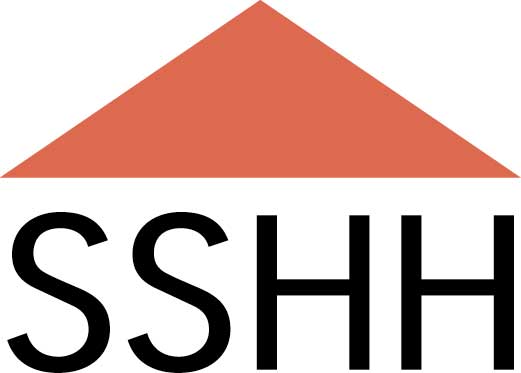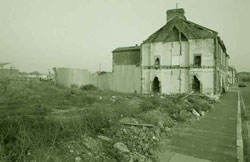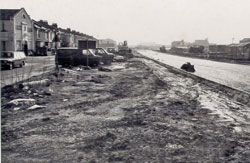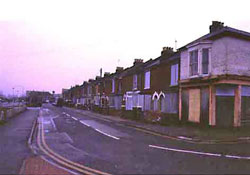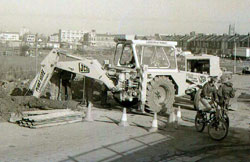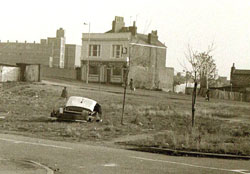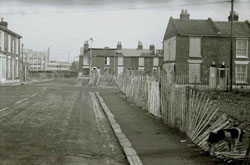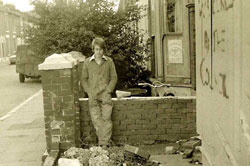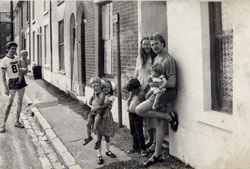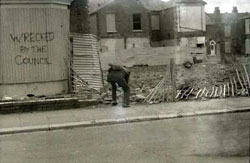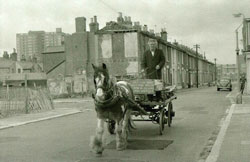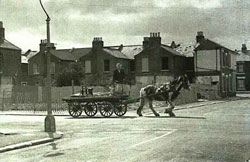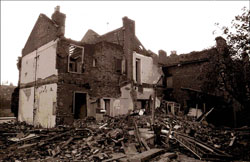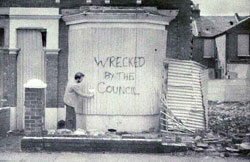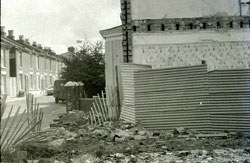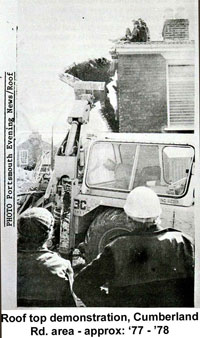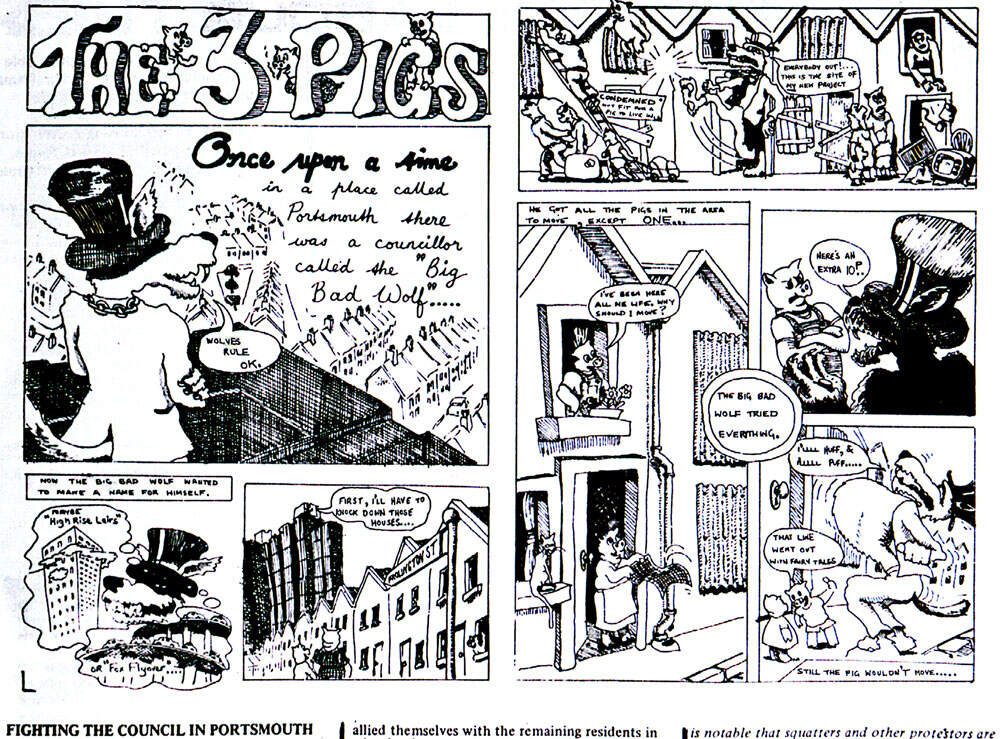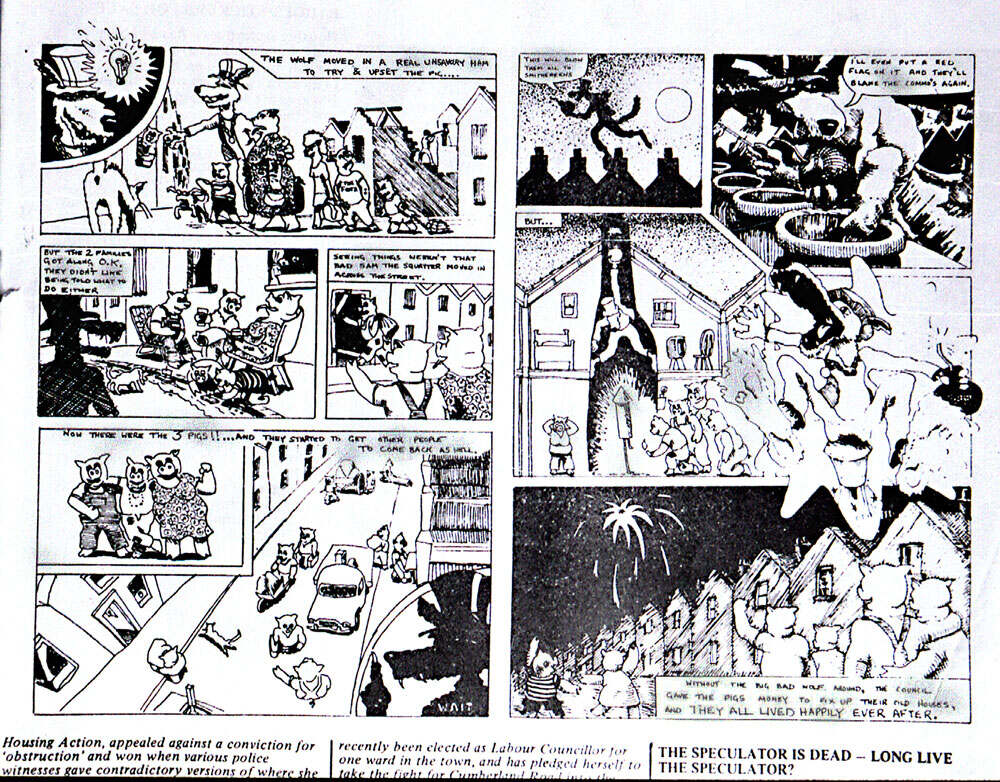Early History
Southsea Self Help Housing was formed around 1976, although it was not until September 1981 that it provided its first ‘short life’ housing.
It grew out of a campaign – at least an attempt, to prevent the demolition of 4 streets (Abingdon, Froddington, Carlisle, and Cumberland roads). These streets comprised of about 400 houses. The essence of the ‘Campaign against Demolition’ was stopping what was known as ‘prior demolition’ – that is demolition prior to any clear plans for the area.
The arguments that the core group put forward were that these houses, some of which were in poor condition, were quite capable of being brought into use, albeit for a limited period, to house homeless people / families – those in housing need. Also, some people had been living in their houses in this area, for 40 years. The reality was that the council would send in workmen to break up empty properties, rendering then uninhabitable.
The campaign had a two pronged approach. One was an attempt to persuade the Council to allow these houses to be used in some sort of ‘short life’ housing scheme, whereby residents themselves would manage and maintain the properties. (This is one of the origins of the ‘self help’ element of what became ‘S.S.H.H’.) The other, more radical approach ultimately involved roof top protests, and occupation of houses in the face of Bulldozers. There was a good deal of ‘cat & mouse’ with the council, with people occupying/squatting houses at short notice, to prevent workmen entering and smashing up the properties. Ultimately, the area was cleared / demolished by the early ‘80’s.
The core group remained, and after numerous meetings, Southsea Self Help Housing was formed. Early on, we had help and support from Shelter / Housing Emergency Office, and the London Squatters Union (who had similar campaigning experience going back to the ‘60’s); In addition, none of what the group achieved would have been possible without the determination of one Labour ward councillor, and of course the on going support, and role as managing agent, of Portsmouth Housing Association – (who became our agent in the securing of the early Grants for short life, and then later the permanent housing developments). There were countless other sources of help along the way.
We also had a link, and support from Portsmouth Polytechnic Students Union, who already had a number of short life housing schemes up and running. They attended the early meetings of the group. Notably, P.P.S.U had a whole street of houses – Adelaide St. in Buckland. In appearance at least, this had much in common with Besant Rd, and the early (pre-development) Lucknow St.
It was recognised that the other Portsmouth housing co-op – Spithead, was more of a ‘single issue’ co-op, namely to house young, single people aged 16 – 30. The aims of SSHH were broader, to house single people, small families, and single parent families, and as the permanent schemes developed, a few disabled persons units. It can be seen that many of those aims were achieved, and remain today. For a while, and with varying degrees of success, we had mutual co-options to each other’s management Committees.
In early 1979, the Portsea Island Mutual Co-operative Society (PIMCO) was approached by Councillor J. Sugrue. They agreed to licence 2 houses to us (8 & 26 Garnier St), for a limited period. Through P.H.A, the group obtained ‘mini Housing Association Grants (mini-Hags) from the Housing Corporation.
With the works carried out by Contractors – and some input from our own members, the first two houses were ready for occupation in September ’81.
